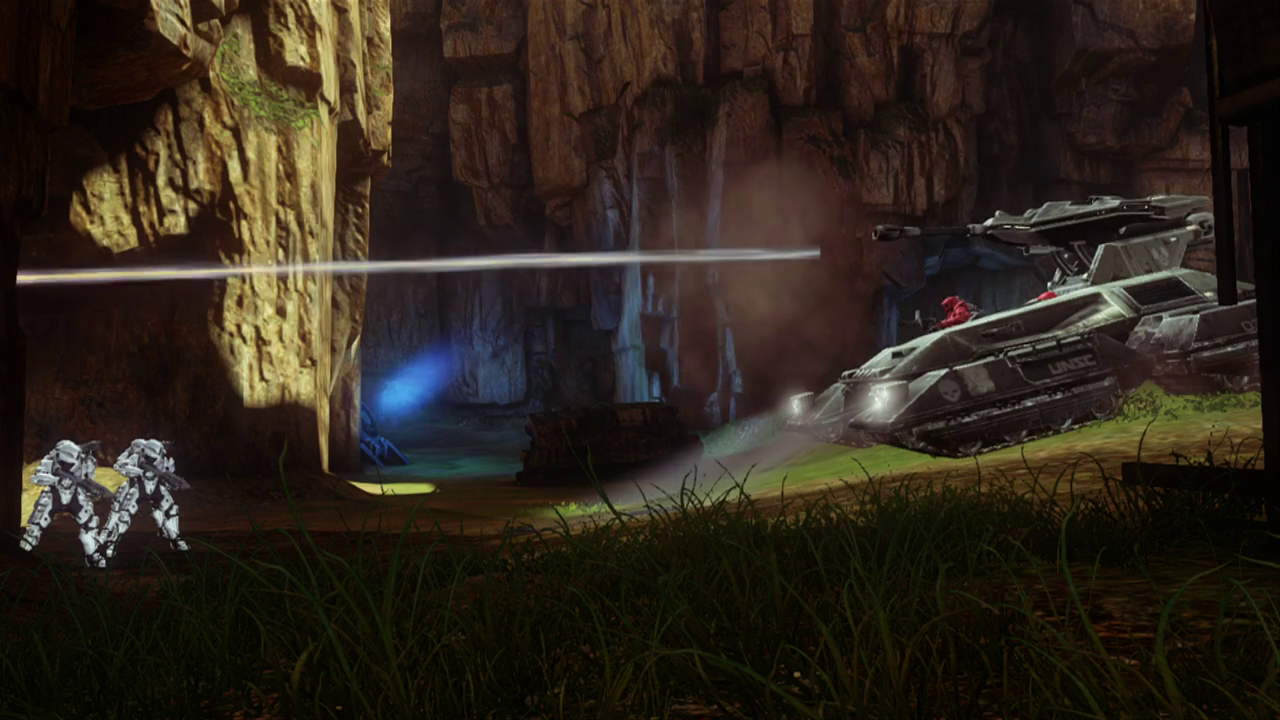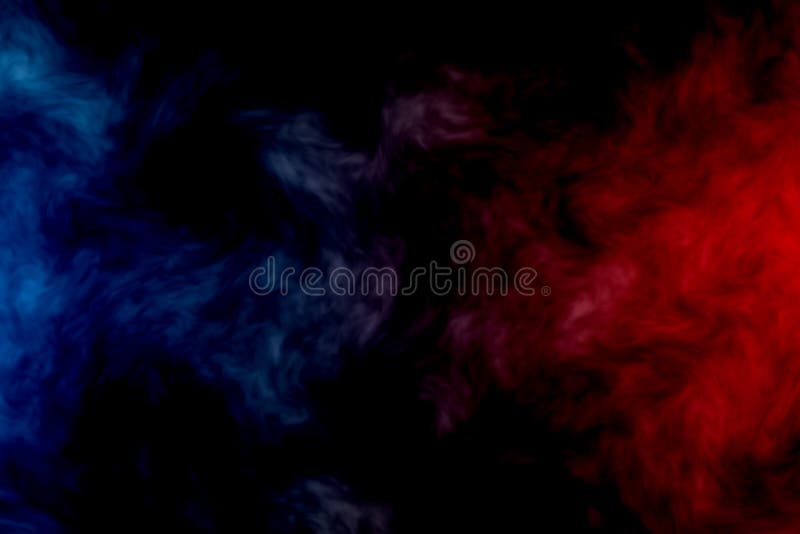
11.2 The Legend of Korra and related comics.11.1 Avatar: The Last Airbender and related comics.įirebending is known for its intense and aggressive attacking style and general lack of adequate defensive moves, although firebenders can modify offensive maneuvers to function as a defense, such as creating large walls of fire or shooting down incoming attacks with fire jabs. Firebending draws its power from the sun, and the first human firebenders derived their firebending techniques from the dragons. However, during the Hundred Year War, a militaristic Fire Nation twisted this into firebending being fueled by rage, hatred, and anger. Īs described by Iroh, fire is the element of power, consisting of overpowering force tempered by the unflinching will to accomplish tasks and desires. The Earth Kingdom also has a small firebending minority. The first human firebenders lived in a city atop a lion turtle during the era of Raava and the art later spread to the Sun Warriors, the Fire Nation, and the United Republic of Nations. It is unique among the bending arts, as it is the only one in which the performer can generate the element. Lightning generation and redirection įirebending, one of the four elemental bending arts, is the pyrokinetic ability to control and produce fire.

You will see blue flames burn as a result of the gases used, while the yellows, oranges and reds are usually a result of burning wood, candles or coal. Blue is by far the hottest flame, yellow comes next, then orange and eventually red, which is definitely the most toxic and therefore not advised. In essence, the colour of the flame is the direct result of the temperature of the fire, the source of fuel you have used or a reflection of the combustion levels. The colour blue is a direct result of the carbon compounds, which are burned successfully.

This is often associated with gas stove cooking or furnaces and is a proven source that the right air to fuel blend has been achieved. Blue flames tend to be more resourceful they are an indicator that the gas is experiencing complete combustion. This is a reflection that the flames are not receiving enough air for complete combustion to occur, it contains large traces of carbon monoxide and can be terribly unsafe if inhaled.Ī blue flame is the result of gases such as natural gas, propane, ethane, and methane being burned. If the flame turns from an orange to a bright red, that is more problematic. It is the orange or yellow flame that is also the best source of fire for cooking, barbequing or grilling. Good quality firewood when burnt will give off an orange or yellow flame this is an indicator that the fire will burn stronger and more consistently. The bright orange is a result of unburned carbon compounds and sodium present in the wood. The beautiful flickering, warming sparks of orange is usually the most traditional colour flame associated with open fires.

This is by far the most obvious and common colour that you will be seeing. Here is Your Winter Guide to knowing your Flames But, how do you know if the fire you have built is safe, long-lasting, and provides the best option for air quality protection? This is the perfect time of year to get your fireplace up and running or even enjoying your outdoor space while you sit with family and friends around a roaring fire pit in your back garden. As the temperature began to drop, we are all looking for warm and cosy nights especially during winter.


 0 kommentar(er)
0 kommentar(er)
